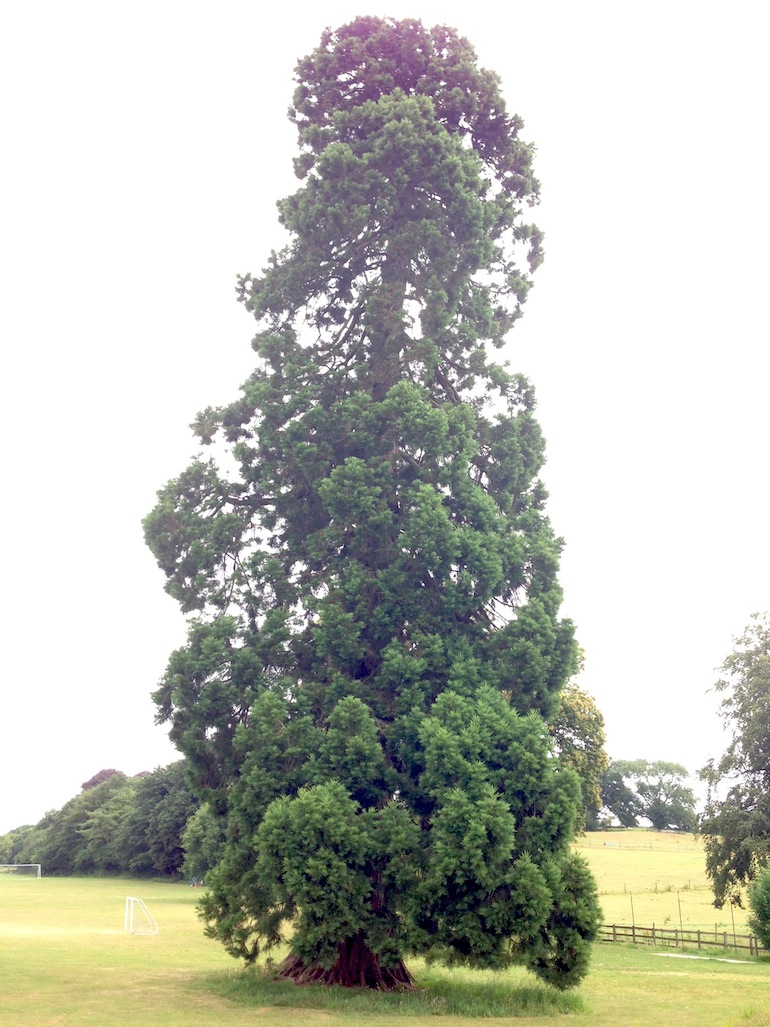Newbietoredwood
Sapling
Dan is a legend in UK bonsai. I have his book with the progression of the sequoia. Dan and his wife Cecelia are both expert potters and regularly have a sales table at my local bonsai club.Don't know if you know about Dan Barton (UK bonsaiist/author) who has been growing Sequoia as bonsai for a very long time. He's had the one pictured in this article since 1977. It was in his "The Bonsai Book" published in 1994. The article is from 2013. A more recent post on his website says it's no longer in his collection (possible coded message than it has passed on). He grew it from a balled and burlapped tree he got at a nursery over there if I remember. Anyway, point is that Sequoia tends to be a bit more cold hardy than coast redwood, which can be an issue if you're winter temps drop below 25 F (-3 C) more than two or three times a year. Sequoia also seems to be pretty available in a number of U.K. nurseries from a quick search.

Redwoods, Wellingtonia and Swamp Cypress as Bonsai
If you are fascinated by trees then you cannot but love the Cupressaceae family of which belong the Redwoods, Wellingtonia and the Swamp Cypress and you should consider them a challenge to bonsai.…swindon-bonsai.co.uk
On the subject of temperature, we have just survived a winter with uncommon cold (night temperature of -9C once or twice). This, following excess heat the previous summer has lead to some regrettable tree losses.
I am seriously thinking of installing a small greenhouse before next winter in which I can exert some control over temperature.




